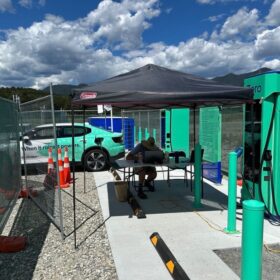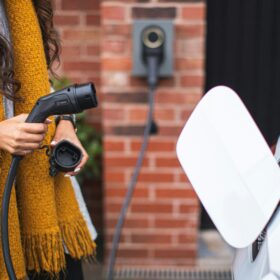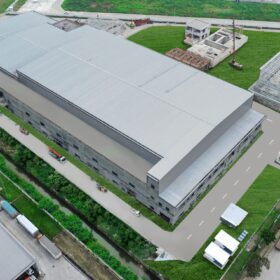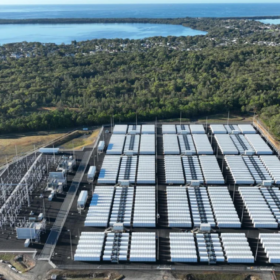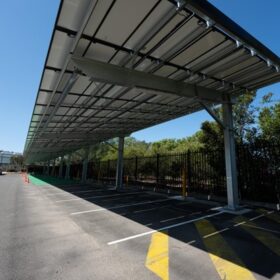Potential of chalcogenide pervoskite for next generation solar cells: study
Researchers from the Australian Centre for Advanced Photovoltaics and the University of New South Wales have published findings on the potential for next generation solar cells of chalcogenide pervoskite BaZrS3.
Battery energy storage systems support Samoa’s month-long power crisis
Tesla specialists are on the ground assisting Samoa’s electric power corporation engineers to ensure its battery energy storage systems are operating to support Samoa’s energy needs during the current power crisis.
Senate inquiry recommends households install rooftop solar and batteries
The Australian senate inquiry into residential electrification final report gives bipartisan support to leverage rooftop solar and recommends federal, state and territory governments promote the uptake of consumer energy resources.
Canadian Solar’s first anti-hail module installation set for Flow Power project
Canadian Solar’s anti-hail technology is to be installed at a new South Australian solar battery energy storage project by Flow Power in the Coonawarra wine region, 370 kilometres southeast of Adelaide.
PVH launches foundation system for solar installations on complex terrain
PV Hardware (PVH) has released PVH Terra, a foundation system designed to improve solar plant installation on challenging terrain. The system aims to improve stability in expansive soils, frost-affected areas, and sites with poor geotechnical conditions while reducing costs and environmental impact.
Recycled Nissan Leaf batteries support remote New Zealand EV chargers
New Zealand gentailer Meridian Energy has reported its Springs Junction electric vehicle (EV) chargers are now live, supported by recycled Nissan Leaf battery energy storage systems to combat the location’s variable electricity supply.
V2G success no easy feat without consumer buy-in
The Australian government’s move to introduce new standards for vehicle-to-grid charging enables the nation’s electric vehicle owners to tap into the technology to charge their car batteries when they want and discharge back into their house or the grid when it suits their schedule.
Gstar’s new silicon wafer plant receives first monocrystalline growth furnaces
Singapore-headquartered solar manufacturer Gstar Solar has received the first of 120 monocrystalline growth furnaces to be delivered to its new 3 GW wafer manufacturing facility in Indonesia.
Infrastructure investment megatrends eye renewable energy and data centres
The integration of renewable energy and digital infrastructure is a growing area attracting investors, according to survey findings by a new IMF Investors report, showing 80% of a survey respondents plan to increase their infrastructure equity in renewable energy and environmental options.
Li-S Energy inks deal to keep solar powered aircraft in flight for months
Australian battery tech company Li-S Energy has inked a stratospheric deal with New Zealand uncrewed aircraft developer Kea Aerospace, to incorporate its lightweight tech into the solar powered aircraft and extend flighttime from a day to many months.





